Gentian Profile
Written by Lisa
Nov 09 2020
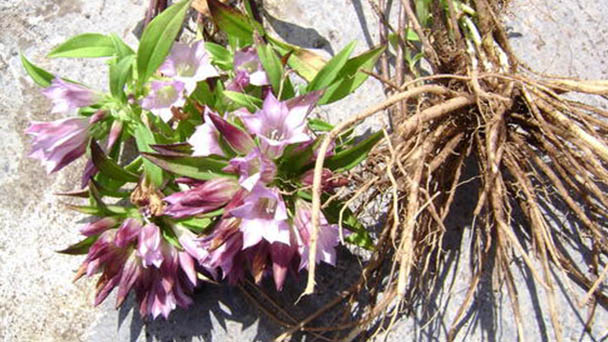
Gentian, Latin name: Gentiana scabra Bunge, is a perennial herb. It is a common Chinese medicine, the medicine part is dry root and rhizome.
Gentian Picture
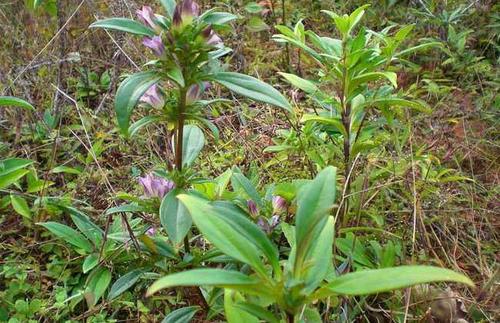
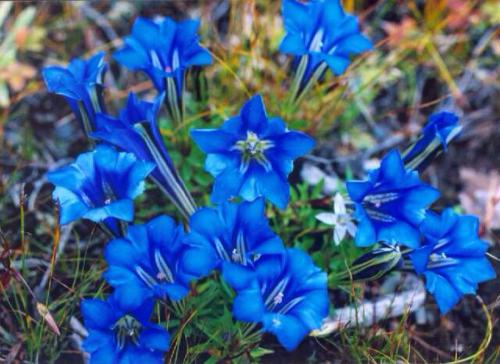
Gentian Morphological characteristics
Gentian is a perennial herb, 1-2 feet tall. The leaves are opposite, the lower 2-3 pairs of leaves are very small, showing scaly, the middle and upper leaves are lanceolate, the surface is dark green, the back is light green, there are three distinct leaf veins, no petiole. Peanuts have blue tubular bell-shaped flowers in the leaf axils of the branches or near the tips. The fruit is oblong and slightly flat, with two petals cracked after maturity, with many seeds and very small. The rhizome is short, clusters of many slender roots, yellowish brown or yellowish.
Gentian Growth environment and distribution
Gentian is a kind of alpine plant. It loves humid and cool climates. It is wild in mountains, slopes, forests and bushes. The temperature is quite high throughout the growing season of plants. Gentian germinates in mid-April, blooms in August, florescences from August to September, and the fruit matures in September. The annual growth period is about 180-210 days. Distribution range: Gentian grows on hillside grasslands, roadsides, river beaches, shrubs, forest edges and under forests, meadows, 400-3000 meters above sea level.
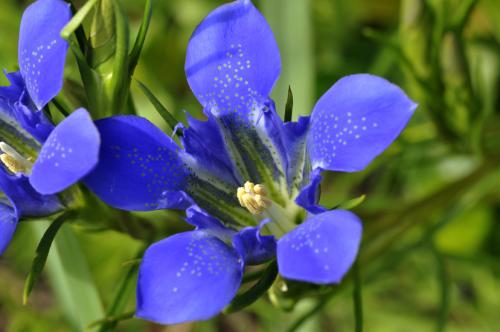
Reproduction method of Gentian
It can use propagation by seeds and ramets. Seed propagation can be divided into autumn sowing and spring sowing.
Gentian Autumn sowing: Usually sowing in November, budding in the spring of the following year. In order to sow uniformly, mix appropriate amount of fine sand or humus into the seeds, and use drill sowing.
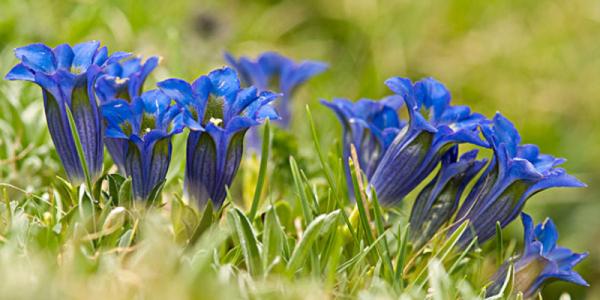
Gentian Spring sowing: sand storage treatment should be carried out in advance, that is, the seeds should be mixed with fine sand 1:3 after harvesting, keeping a certain humidity, burying outdoors, under the influence of low temperature in winter, and then taking out for sowing, the row spacing of drill rows is 1-1.3 feet, and the plant spacing is 0.7- 1 foot, cover soil for 2-3 minutes. The sowing rate is 3-4 taels per mu. The ramet propagation is mostly in early spring in early April, before the buds are unearthed, all the roots are dug out and divided into small clusters, each cluster should have 1-2 small buds, and then planted with a row spacing of 1.3 feet and a plant spacing of 0.7-1 feet. Do not expose the buds to the soil to avoid being blown dry.
Latest Updated
- Benefits of Bugleweed - 7 Science-backed Health Benefits
- Bugleweed Dangers & Side Effects - Is It Poisonous?
- How to Plant Evergreen Trees - What You Should Know
- When to Plant Evergreens - Grow Guide for Evergreen Trees
- 12 Wonderful Evergreen Shrubs for Your Garden
- 12 Popular Evergreen Plants with Pictures for Beginners
- When And How To Prune A Lilac Bush Like a Pro
- How to Grow & Care for Lilac Vine (Hardenbergia Violacea)
- Japanese Lilac Tree (Syringa Reticulata) Care & Propagation Guide
- Shumard Oak Pros and Cons - What to Know
Popular Articles
- Winter maintenance of Antirrhinum Majus
- How to Grow Terminalia Mantaly Tree
- How to Grow and Care for Crossostephium Chinense
- How to grow Antirrhinum Majus in spring
- Peristeria Elata (Dove Orchid) Profile: Info & Care Guide
- Underwatered Snake Plant (Sansevieria Trifasciata) - Signs And How To Fix
- How to Care for Brazilian Jasmine Plant (Mandevilla Sanderi)
- How to Grow & Care for Graptopetalum Purple Delight in Summer
- Rosa Chinensis (China Rose): Plant Growing & Care Tips
- How to Care for Baby Sun Rose (Aptenia Cordifolia)